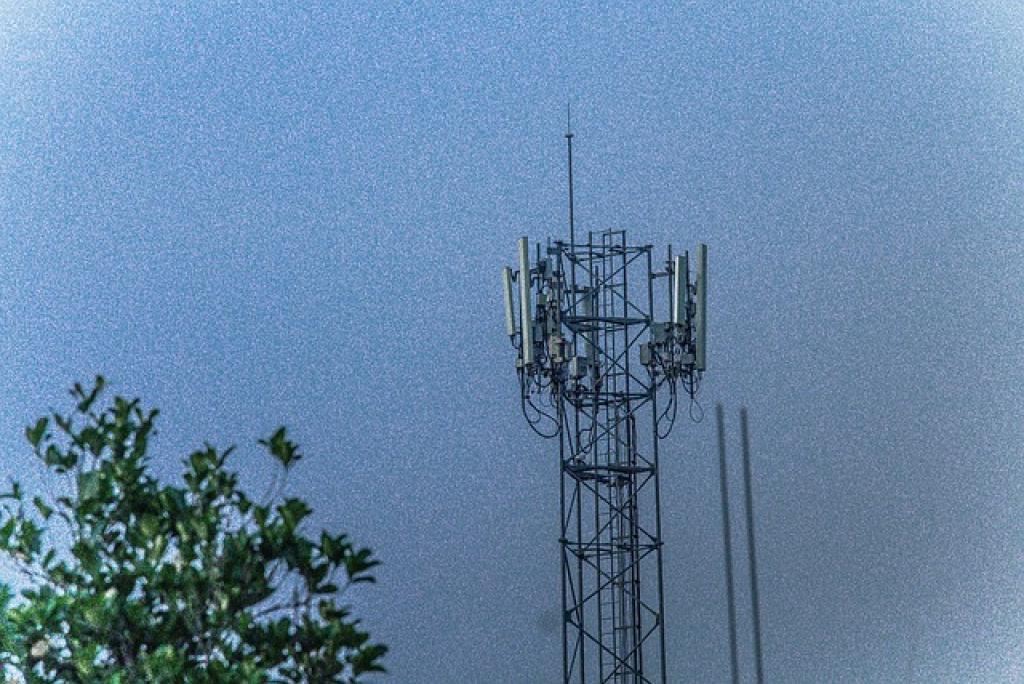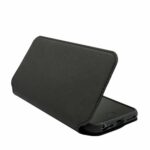In the age of sleek smartphones and their often delicate designs, phone covers have become a staple accessory. These protective shields help guard against drops, scratches, and the wear and tear of daily life. Yet, beyond aesthetics and protection, there is a lesser-known aspect that many don’t consider: phone covers can impact network signal strength.
Smartphones need to connect to cellular networks to make calls, send texts, and access the internet. The connection to these networks relies on antennas within the phone. However, not all phone cases are created equal. Some materials used in phone covers can interfere with this signal transmission, affecting the quality of your connection.
While most people may not notice a difference in their day-to-day use, certain environments and situations can exacerbate the issue, leading to dropped calls or slower internet speeds. Understanding how your phone cover might be affecting your connectivity can help you make informed decisions and ensure that you stay connected when it matters most.
How Phone Covers Impact Network Signal Strength
Phone covers are primarily crafted from materials like plastic, silicone, leather, and metal. Each material has a different effect on signal strength. For instance, metal phone cases, popular for their robust protection and sleek look, can create a barrier that weakens your phone’s ability to communicate with cell towers.
The Role of Material and Design
Even plastic and silicone covers, though generally less obstructive, can embed metallic components for decorations or stands. These, too, can have an unforeseen impact on the antenna’s efficiency. The design of a phone case can also influence signal reception. Covers that wrap around the entire phone might shield signals more than minimalistic designs that leave parts of the phone exposed.
Furthermore, environmental factors such as thick walls, distance from cell towers, and interference from other electrical devices can magnify the impact of a signal-disrupting phone case.
Being aware of these aspects can help you select a phone cover that offers protection without compromising performance. Choosing the right case can ensure that you enjoy both a safeguarded device and a strong network connection.
Understanding the Basics of Network Signal and Phone Covers
Network signals are the invisible lines of communication between a mobile phone and the nearest cell tower. They are crucial for making calls, sending texts, and using mobile data. Understanding how these signals interact with different phone covers is essential for optimal phone performance.
The Antenna’s Crucial Role
The phone’s antenna is the main gateway for receiving and sending signals. It usually resides inside the phone’s body, strategically placed to maximize exposure to external signals. However, the introduction of a phone cover can modify how the antenna interacts with these signals.
Different covers have varying effects based on their thickness, material, and design. Some can redirect signals, while others might absorb them, hindering communication with the network.
To maintain strong signal strength, selecting a phone cover that complements the phone’s natural signal-receiving capabilities is vital. By choosing wisely, users can enjoy seamless connectivity without compromising on device protection.
Factors Affecting Network Signal Strength with Phone Covers
Several factors influence how phone covers impact network signal strength. Material is one of the primary considerations. Metal covers, for instance, can block signals more than plastic or silicone, which generally allow signals to pass through with less interference.
The thickness of a phone cover also matters. A thicker case might offer better physical protection but can potentially weaken signal reception. Thin covers, while less protective, typically allow for a stronger connection.
Another key factor is the design of the cover. Some cases come with intricate designs or added features like cardholders, which can create additional barriers to efficient signal transmission.
Lastly, a snug fit can ensure that the phone’s antenna operates optimally. A loose-fitting case might lead to weak or disrupted signals by not aligning properly with the antenna’s position.
By considering these factors, users can make informed choices that balance phone protection with reliable network connectivity.
Choosing the Right Phone Cover to Maintain Signal Quality
Selecting the right phone cover plays a vital role in maintaining signal quality. To begin with, it’s essential to prioritize materials that are known for minimizing signal interference. Opt for covers made of silicone or rubber, as they generally allow signals to pass through more freely.
Consider the overall design and structure of the cover. Simple and minimalist designs tend to be more effective at preserving signal strength. Avoid bulky cases with additional elements that could hinder connectivity.
Fit is another crucial factor. A well-fitted cover supports optimal signal reception by ensuring proper alignment with the phone’s components.
Lastly, it can be beneficial to research and choose brands that are known for integrating signal-friendly technology into their designs. By being mindful of these considerations, phone users can better maintain signal integrity without compromising protection.
Testing and Observing Signal Strength Effects
Monitoring signal strength after choosing a phone cover is an important step. To begin, users should take note of baseline signal levels before applying any cover. This can be done by observing the signal bars or using signal strength apps available on your smartphone.
Once the cover is in place, perform tests in various locations. This helps in understanding if the cover impacts signal quality differently in diverse environments. Take note of any fluctuations in connectivity and compare them to the baseline measurements.
Compare Different Scenarios
It’s useful to test signal strength both indoors and outdoors. Different materials and structures might affect signal quality depending on location. By comparing results, users can determine the suitability of their phone cover in real-world scenarios.
Finally, regular monitoring over time can provide additional insights. This not only helps in understanding the immediate impacts but also how the cover performs with wear and tear, ensuring that signal reception remains optimal.
Optimizing Signal Strength Through Phone Cover Selection
Choosing the right phone cover can play a crucial role in maintaining optimal signal strength. It’s important to prioritize materials known for their minimal interference. Plastic and silicone cases are often preferred as they tend to have less impact on signal quality compared to metal or thick rubber cases.
Beyond material, the design of the phone cover matters as well. Look for covers that are specifically labeled as signal-friendly or that feature cutouts around the antennae area. These features help in allowing the signals to pass through more efficiently.
Another key consideration is the fit of the phone cover. A snug fit can ensure that there aren’t any unnecessary barriers or gaps that might interfere with signal reception. Always check that the cover is designed to fit the specific make and model of the phone to guarantee optimal performance.
Lastly, users can explore alternative options like signal booster cases. These are designed to enhance reception and mitigate any potential issues caused by traditional cases. By carefully selecting the right cover, users can enjoy a balance of protection and uninterrupted connectivity.
The Bottom Line: Maximizing Network Signal with Your Phone Cover
In an age where staying connected is more crucial than ever, ensuring optimal network signal is a priority. While many factors can influence signal strength, your phone cover is one simple element within your control.
By understanding that materials like plastic and silicone tend to interfere less with signals, you can make a more informed decision when choosing a cover. Furthermore, designs that cater to better signal reception, such as those with strategic cutouts or booster capabilities, further enhance connectivity.
A well-fitting phone cover is equally important. It minimizes obstructions and ensures that your phone’s antennae can operate as intended. Therefore, selecting a cover that is specifically designed for your device model can prevent unnecessary disruptions.
In summary, the right phone cover not only shields your device from physical damage but also supports strong signal reception. By opting for a cover that combines both protection and functionality, you can maintain a seamless connection to your networks. This thoughtful approach guarantees that you’re always just a call or a message away, without compromise.
Ultimately, when it comes to maximizing network signal with your phone cover, a little attention to detail goes a long way. Balancing aesthetics, protection, and signal-friendly features ensures a consistent and reliable communication experience, keeping you connected wherever you go.








